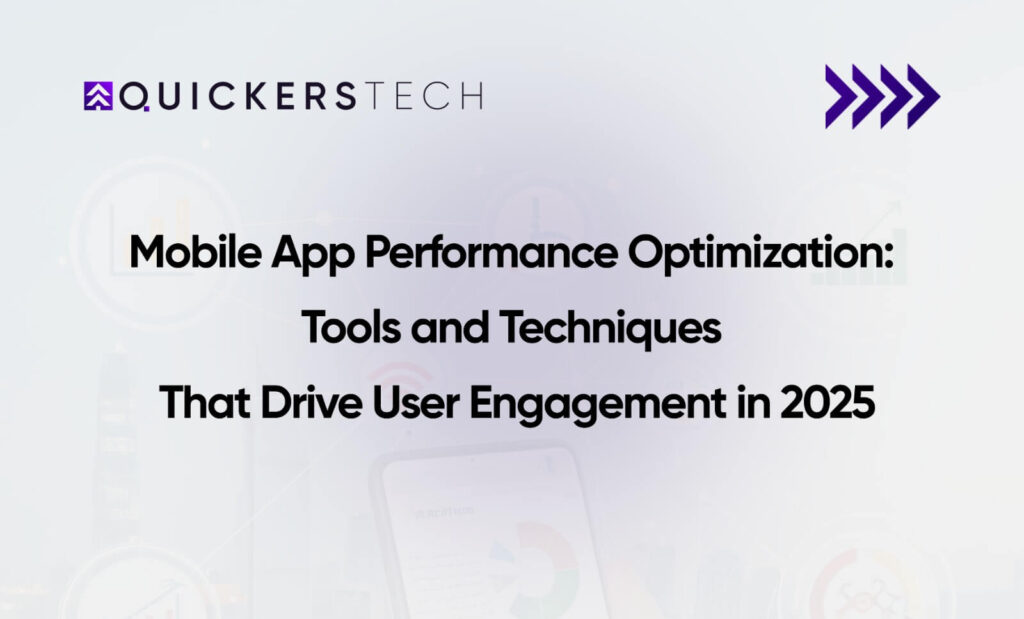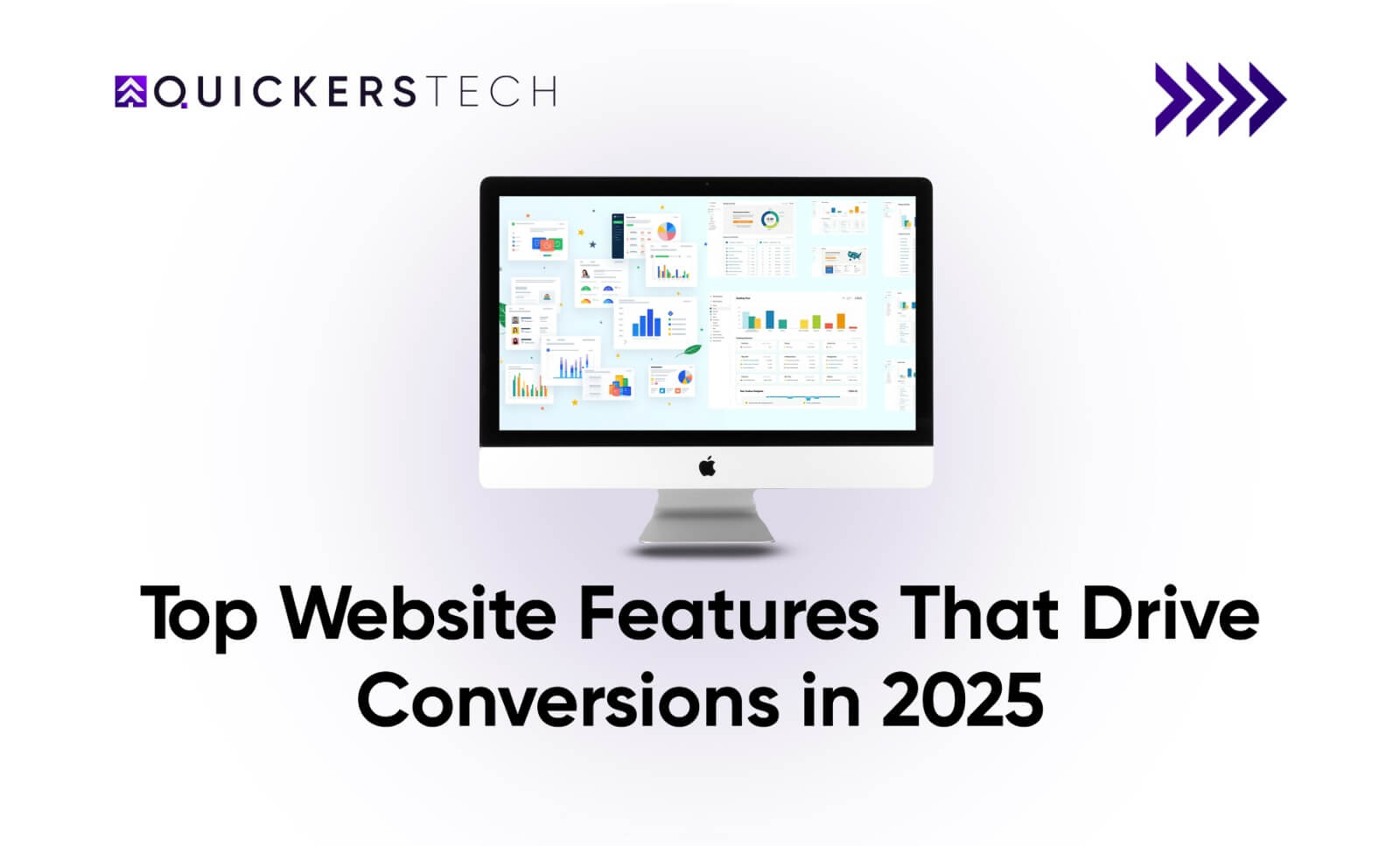Contents
- 1 Why Mobile App Performance Matters More Than Ever
- 2 Essential Mobile App Performance Metrics That Matter
- 3 Advanced Tools for Performance Testing of Mobile Applications
- 4 How to Optimize Mobile App Performance: Step-by-Step Answer
- 5 Leveraging AI and Modern Tools for Performance Enhancement
- 6 Understanding What Optimizing Apps Means in Practice
- 7 Emerging Mobile App Development Trends Shaping Performance
- 8 Implementing Comprehensive Mobile Apps Performance Testing
- 9 FAQs About Mobile App Performance Optimization
- 9.0.1 1. What is mobile app performance optimization?
- 9.0.2 2. Why is mobile app performance important?
- 9.0.3 3. How do I measure app performance?
- 9.0.4 4. What tools are best for performance testing of mobile applications?
- 9.0.5 5. Can AI really improve mobile app performance?
- 9.0.6 6. How does GEO improve mobile app performance?
- 10 Conclusion: The Path Forward for Mobile App Performance Excellence
In today’s hyper-competitive digital landscape, mobile app performance can make or break your business success. With users expecting lightning-fast responses and seamless experiences, optimizing your mobile application isn’t just a technical necessity; it’s a strategic imperative that directly impacts user retention, conversion rates, and revenue growth.
“Research shows that 53% of users abandon apps that take longer than three seconds to load”
Why Mobile App Performance Matters More Than Ever
Modern users interact with mobile applications across diverse devices, network conditions, and usage scenarios. From 5 G-enabled smartphones to budget devices running on slower connections, your app must deliver consistent performance across this entire spectrum. This challenge has pushed mobile app development company teams to adopt sophisticated optimization strategies that go beyond traditional approaches.
Essential Mobile App Performance Metrics That Matter
Understanding what to measure forms the foundation of effective optimization. Mobile app performance metrics encompass various technical and user-experience indicators that reveal how your application performs in real-world conditions.
Core Performance Metrics to Track
- Response Time Metrics – Measuring how quickly your app responds to user interactions, including screen transition times, API call responses, and data loading speeds
- Launch Time Performance – Tracking cold start performance when users open your app for the first time or after extended periods of inactivity
- Memory Usage Patterns – Monitoring how efficiently your app manages device resources to prevent crashes and avoid impacting other running applications
- Battery Consumption Tracking – Measuring power usage as users become increasingly conscious of apps that drain their device’s battery quickly
User Experience Performance Indicators
- Network Efficiency Metrics – Tracking app performance under varying connectivity conditions, including data usage optimization and offline functionality
- Frame Rate Consistency – Ensuring smooth animations and interactions across different device capabilities
- Error Rate Monitoring – Measuring application stability and reliability to maintain user trust and satisfaction
 Source: AppDynamics Performance Impact Report (2024)
Source: AppDynamics Performance Impact Report (2024)
Advanced Tools for Performance Testing of Mobile Applications
Professional performance testing of mobile applications requires sophisticated toolsets that can simulate real-world conditions and identify bottlenecks before they impact users. Modern testing frameworks have evolved to address the complexity of mobile ecosystems.
Essential Testing Tools and Platforms
- Device Testing Labs – Providing access to hundreds of real devices with different specifications, operating system versions, and network conditions
- Cloud-Based Testing Platforms – Eliminating the need for maintaining physical device inventories while offering comprehensive testing coverage
- Automated Testing Frameworks – Integrating into continuous integration pipelines to ensure performance regression detection throughout development cycles
- Load Testing Solutions – Simulating high user volumes to identify scalability limits and server-side bottlenecks that affect mobile app performance
Real-World Performance Monitoring
- Real User Monitoring Platforms – Collecting performance data from actual users across different demographics, locations, and usage patterns
- Performance Analytics Tools – Providing insights into app behavior that don’t surface during controlled testing environments
- Crash Reporting Systems – Identifying performance-related crashes and stability issues before they impact user experience
How to Optimize Mobile App Performance: Step-by-Step Answer
What are the most effective ways to optimize mobile app performance? The answer lies in implementing a systematic approach that addresses multiple performance bottlenecks simultaneously. Mobile app performance optimization begins with identifying specific pain points through comprehensive analysis and measurement.
Phase 1: Performance Analysis and Baseline Establishment
- Comprehensive Performance Auditing – Using specialized tools to establish baseline metrics and identify specific problem areas
- Multi-Device Testing – Measuring load times, memory usage, CPU consumption, and network efficiency across different devices and operating conditions
- Data-Driven Problem Identification – Ensuring optimization efforts target actual problems rather than perceived issues
Phase 2: Code-Level Optimization Implementation
- Memory Management Optimization – Implementing leak prevention, efficient algorithm selection, and proper resource management
- Database Query Enhancement – Optimizing queries, implementing appropriate caching mechanisms, and ensuring background tasks don’t interfere with UI responsiveness
- Asset and Resource Optimization – Compressing images, implementing lazy loading, and reducing overall app size
Phase 3: User Interface and Experience Enhancement
- Animation and Transition Optimization – Reducing complexity while maintaining smooth user interactions
- Content Loading Strategies – Implementing progressive loading and prioritizing above-the-fold content
- Performance Monitoring Integration – Setting up continuous monitoring to track improvements and identify new issues
Leveraging AI and Modern Tools for Performance Enhancement
Modern app development performance optimization increasingly relies on intelligent tools and automated solutions that can identify and resolve performance issues more efficiently than manual approaches. Machine learning algorithms analyze application behavior patterns to predict potential bottlenecks before they impact users.
Automated performance monitoring tools continuously track app behavior in production environments, providing real-time insights into performance degradation and user experience issues. These tools can automatically alert development teams when performance metrics fall below established thresholds.
AI-powered code analysis platforms examine application source code to identify inefficient patterns, suggest optimizations, and predict potential performance problems during development phases. This proactive approach prevents performance issues from reaching production environments.
Performance testing automation frameworks can simulate various user scenarios, device conditions, and network environments to ensure consistent app performance across diverse usage conditions. These frameworks integrate with continuous integration pipelines to maintain performance standards throughout development cycles.

Source: Stack Overflow Developer Survey (2024)
Understanding What Optimizing Apps Means in Practice
What does optimizing apps mean in the context of modern mobile development? It encompasses a holistic approach that addresses code efficiency, resource management, user experience design, and infrastructure optimization simultaneously.
Code-level optimization involves refining algorithms, eliminating memory leaks, and implementing efficient data structures. Resource optimization focuses on minimizing battery usage, reducing storage requirements, and optimizing network calls. User interface optimization ensures smooth animations, responsive interactions, and intuitive navigation flows.
Infrastructure optimization addresses server performance, database efficiency, and content delivery mechanisms that support your mobile application. This comprehensive approach ensures that optimization efforts create measurable improvements in user experience and business outcomes.
Emerging Mobile App Development Trends Shaping Performance
Mobile App Development Trends increasingly emphasize performance-first design philosophies that prioritize speed and efficiency from the initial development stages. Progressive web app technologies blur the lines between native and web applications while maintaining high performance standards.
Edge computing brings processing power closer to mobile devices, reducing latency and improving response times for data-intensive applications. 5G network adoption enables new performance possibilities while creating expectations for faster, more responsive mobile experiences.
Cross-platform development frameworks continue evolving to deliver native-level performance while maintaining code efficiency and development speed. These frameworks incorporate advanced optimization techniques that automatically adjust performance characteristics based on target platforms.
Implementing Comprehensive Mobile Apps Performance Testing
Effective mobile apps performance testing requires systematic approaches that cover all aspects of application behavior under various conditions. Test scenarios should simulate real-world usage patterns, including peak load conditions, poor network connectivity, and resource-constrained environments.
Testing Strategy Development
- Real-World Scenario Simulation – Creating test cases that mirror actual user behavior patterns and usage conditions
- Peak Load Testing – Simulating high-traffic situations to identify scalability bottlenecks and server limitations
- Network Condition Variability – Testing app performance across different connection speeds and reliability levels
- Resource-Constrained Environment Testing – Evaluating app behavior on devices with limited memory, storage, or processing power
Continuous Monitoring and Integration
- Development Cycle Integration – Implementing automated testing pipelines that catch performance regressions early
- Continuous Performance Monitoring – Setting up real-time tracking systems that alert teams to performance degradation
- Automated Alert Systems – Configuring notifications when performance metrics fall below acceptable thresholds
- Performance Baseline Maintenance – Regularly updating performance standards as applications evolve and new features are added.
FAQs About Mobile App Performance Optimization
1. What is mobile app performance optimization?
It’s the process of improving your app’s speed, stability, and efficiency across all devices and networks.
2. Why is mobile app performance important?
Because performance directly affects user satisfaction, retention, and your app’s reputation.
3. How do I measure app performance?
Use metrics like load time, crash rate, network latency, and battery usage.
4. What tools are best for performance testing of mobile applications?
Firebase, AppDynamics, New Relic, and TestFairy are highly recommended.
5. Can AI really improve mobile app performance?
Yes! Generative AI helps detect issues, generate cleaner code, and personalize the user experience.
6. How does GEO improve mobile app performance?
By serving app data closer to users, reducing latency and speeding up app responsiveness globally.
Conclusion: The Path Forward for Mobile App Performance Excellence
Optimizing mobile app performance in 2025 requires sophisticated strategies that combine traditional optimization techniques with cutting-edge technologies like generative AI and geographic optimization. Success depends on comprehensive testing methodologies, continuous monitoring, and proactive optimization approaches that anticipate user needs and technological changes.
Organizations that prioritize mobile app performance optimization gain competitive advantages through improved user satisfaction, higher retention rates, and increased revenue potential. As mobile technology continues evolving, performance optimization remains a fundamental requirement for digital success in an increasingly mobile-first world.













